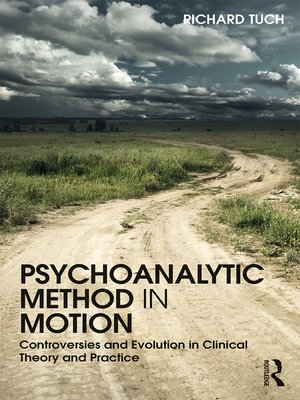Psychoanalytic Method in Motion
ebook ∣ Controversies and evolution in clinical theory and practice
By Richard Tuch

Sign up to save your library
With an OverDrive account, you can save your favorite libraries for at-a-glance information about availability. Find out more about OverDrive accounts.
Find this title in Libby, the library reading app by OverDrive.



Search for a digital library with this title
Title found at these libraries:
| Library Name | Distance |
|---|---|
| Loading... |
Psychoanalytic Method in Motion identifies and examines varied controversies about how psychoanalysts believe treatment should best be conducted. Irrespective of their particular school of thought, every analyst builds up a repertoire of his favored ways of working, which some analysts come to see as the most efficacious approach to treatment available. While such differences of opinion are unsettling, and may even threaten to tear the field asunder, this book sees these differences as benefitting psychoanalysis by improving the ways in which psychoanalysts and psychoanalytic psychotherapists practice.
In this book, Richard Tuch covers the waterfront by examining controversies that further the field by raising questions that help evolve the treatment, challenging every analyst to re-think what they are doing in the consulting room...and why. Some of the chief controversies explored include:
Drawing on ideas from a range of different analytic perspectives, this book is an essential and accessibly written guide to working towards best practice in the analytic setting. Psychoanalytic Method in Motion will appeal greatly to both students and practitioners of psychoanalysis and psychoanalytic psychotherapy.







